Radar stations of the Vostok-3D family (Republic of Belarus)
The radar of the Vostok family is developed by the Radar design bureau, which is the managing company of the Radar Systems holding company. The result of fairly long work has already been the emergence of several projects of radar stations for various purposes, differing from each other in one way or another. The last at the moment representatives of the family are the stations "Vostok-3D" and "Vostok-3D VHF". They were created on the basis of older samples, but they have noticeable differences. In particular, due to the extended functionality, one such station can replace two samples of the previous model equipment at once.
As the name implies, the aim of the Vostok-3D project was to create a three-coordinate radar station capable of determining all parameters of an air target, including altitude and distance to it. To solve this problem, it was proposed to mount an updated complex of equipment on a single self-propelled antenna-hardware machine, which is a modified version of the equipment of previous radars of the family. Thus, a new antenna device is built on the basis of aggregates of two existing radar complexes, which makes it possible to solve the assigned tasks, but at the same time does not lead to significant complication or appreciation of the station.
The structure of the radar "Vostok-3D" includes three main components: the antenna-hardware machine, an external automated workplace and an autonomous diesel power station. All components of the station are based on automobile chassis, which allows you to quickly transfer the entire complex to the desired position. As a base for the radar used truck chassis produced in Belarus. The complex can move on highways, and also has the ability to move on rough terrain.
Antenna-hardware machine is equipped with drives with remote control, which simplifies and accelerates the deployment of the station on the position. The widespread use of hydraulics allows the calculation of three people to prepare the radar to work in minimal time. After that, the complex can work for a long time, carrying out a search for air targets, carrying out their accompaniment and giving out information to consumers.
The main element of the Vostok-3D complex is the so-called. An antenna-hardware machine carrying the main elements of electronic equipment. The presented samples of such equipment were built on a three-axle Belarusian-made automobile chassis. The basic machine is equipped with a new type of cargo platform, on which the necessary equipment is installed. So, in the front of the platform there is a large casing for a part of the equipment, and in the back there are fastenings for a lifting mast with antennas. On the platform perimeter, hydraulic jacks are located, which are necessary to stabilize the machine during deployment and operation.
As it follows from the available materials, in the development of the antenna device of the Vostok-3D radar, the best practices were used at the Vostok-E / D two-coordinate station. Directly on the platform of the carrier machine is placed a telescopic lifting mast with attachments for antenna devices. Determination of the coordinates of the target in azimuth and range is proposed to carry out with a large antenna, made in the form of a lattice of large width with additional side elements. At the mast level there is an inclined antenna for the altimeter, which, probably, was also borrowed from the existing project.
Perspective radar antennas are collapsible. When translated into the stowed position, the overall dimensions of the antenna device are significantly reduced. The mast with folded antennas is laid on the platform by turning forward. All such actions are performed by commands from the remote control and without direct human intervention.
The maximum detection range of air targets is declared at the level of 360 km. At such distances, depending on various factors, the Vostok-3D radar can detect large or medium aircraft. In addition, as stated, the meter range allows you to find and stealth aircraft. Thus, for an F-117A strike aircraft, the declared detection range reaches 350 km. When an adversary uses active interference, the maximum detection range for such targets is noticeably reduced. It is argued that by upgrading the transmitters the maximum detection range can be increased.
Depending on customer requirements, the station can use from 4 to 16 probing signals. A curious feature of the Vostok-3D project is the use of unusual probing signals. According to the manufacturer, the signals have a relatively small peak power, and in addition, their structure is similar to noise. This allows you to make the station work secretive and, as a result, to reduce the likelihood of its detection by the enemy, followed by an attack. The station also uses signals of different ranges. The range finder applies meter waves, whereas height determination is performed using signals in the decimeter range.
Automation station is able to determine the direction to the target, the distance to it, height and radial velocity. Range resolution is 200 m, in azimuth - 5,5 °. The radial velocity is determined to the nearest 1,2 m / s. RMS error in range is 25 m, in azimuth 50 ', in elevation no more than 0,1 °.
The equipment of the Vostok-3D radar station receives signals from the antenna and automatically processes them. Data on the air situation is displayed on the liquid crystal screen of the operator’s console. During the review period of 10 seconds, automatics are capable of independently accompanying at least 250 air targets. In addition, there is the possibility of automatic recognition of targets with a distribution of five classes. When the enemy uses interference, the station is able to automatically accompany the source bearing.
As a result of processing the primary data, a new type of station forms traces of the detected targets, and also determines rectangular coordinates and their derivatives. Similar data on the goals of the available communication channels can be transmitted to different consumers. In this context, the main task of the radar "Vostok-3D" is to track the situation and send data to the control points of the air defense systems of one or another link.
Radar is highly reliable. The average time between failures is 900 h. To restore readiness, it takes no more than half an hour. The service life before the overhaul is more than 10 years or 14 thousand hours. The total service life is more than 25 years or 32 thousand hours.
The development organization notes a number of the merits of its new radar station. As indicated in the official promotional materials, the Vostok-3D complex is distinguished by high range and accuracy of target detection, high mobility and increased noise immunity. In addition, the possibility of detecting unobtrusive targets built using stealth technology is indicated. Work efficiency is enhanced by fully digital data processing using modern algorithms. The solution of the main and auxiliary tasks is carried out automatically: the station independently monitors both the situation in the air and the state of its units.
In terms of the range of tasks to be solved, a new type of complex can be considered a replacement for existing radars of a number of types. In particular, the developer indicates superiority over products П-18, “Defense-14”, “Sky-SV”, 19Ж6, etc. Thus, operators of existing systems of this class in the near future may become potential customers of the new Belarusian equipment.
To date, the radar "Vostok-3D" has already been implemented in the metal. There are, at a minimum, prototypes that are suitable for use in testing and are able to confirm the design characteristics. However, to demonstrate their achievements, Radar Design Bureau also uses simple large-scale layouts. Thus, during the May exhibition MILEX 2017, held in Minsk, the development organization demonstrated a promising station in the form of a layout and promotional materials.
A functional analogue of the Vostok-3D station, using other units and principles of operation, is the Vostok-3D VHF product. As is clear from its name, the main differences lie in the operating range: instead of meter and decimeter waves, this station uses the VHF range. This change in operating frequencies, above all, led to the need to develop a different design of the antenna device and the corresponding modifications of the antenna-hardware machine.
In the case of the Vostok-3D VHF, an antenna consisting of two large rectangular-shaped frames is placed on the telescopic mast. Several additional small emitters are mounted directly on the mast. Obviously, when translated into the transport position, the antenna of this design is folded in half, after which its side elements turn forward to reduce the overall dimensions of the product.
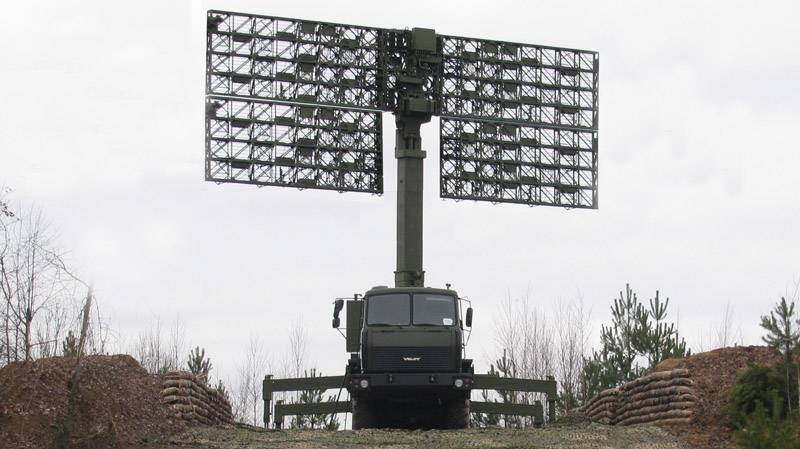
Station in position
Despite working in a different range, according to its characteristics, the Vostok-3D VHF station is close to the base Vostok-3D. The maximum detection range of an airborne target also reaches 360 km, and stealth aircraft can be detected at distances up to 350 km. When the enemy uses active interference, the target detection range of two types of stations is reduced in a similar way. The accuracy of the two stations also coincides. The unification of signal processing systems has led to the fact that Vostok-3D VHF is also able to accompany up to 250 targets, divide them into five classes and issue data on them to various consumers.
Stations do not differ in performance. They are proposed to build on the basis of the same heavy-duty car chassis. The processes of deployment to the position and preparation for leaving it are almost identical and take the same time. Resource settings are also no different. Like Vostok-3D, the Vostok-3D VHF station is able to last more than 10 years before the first major overhaul and remain in service no less than 25 years.
Photos of the antenna-hardware of the Vostok-3D VHF complex have already been published, which indicates that the promising project has been brought to the construction and testing stage of the prototype. In addition, Radar Design Bureau has already published quite detailed information about the new station.
In the framework of the Vostok family projects, the Belarusian defense industry has already created several interesting samples of radar technology. Potential customers are offered systems for different purposes with different characteristics. At the same time, all stations of the line have a certain similarity of a technical and operational nature. In addition, the customer has the opportunity to choose the most suitable samples to meet the existing requirements. Thus, depending on the plans for the development of its air defense system, a potential operator can purchase two-coordinate radars and individual altimeters, or immediately buy the stations that determine the coordinates of the targets in three planes and built on the basis of the same components.
An important feature of the projects “Vostok-3D”, “Vostok-3D VHF” and other developments of KB “Radar” is the possibility of changing some characteristics in accordance with the wishes of the customer. For example, the customer can determine the number of probing signals he needs. The power of the transmitters and, as a result, the detection range can also be changed by the order of the buyer. Thus, in addition to sufficiently high characteristics, customers are offered the opportunity to adapt the radar to their needs to a certain extent. In some circumstances this can be an important competitive advantage.
The radar stations of the Vostok family, both of the already well-known types and the latest models, first introduced several weeks ago, are not only an interesting development of the Belarusian defense industry, but a demonstration of the intentions of the neighboring state. With the help of such projects, the Republic of Belarus clearly shows that it wants and can create new types of weapons or military equipment that meet modern requirements. Nevertheless, there is quite a tough competition on the international market for military products, which is why Belarusian developments may have limited chances of winning their place and obtaining contracts.
On the materials of the sites:
http://kbradar.by/
http://bsvt.by/
https://42.tut.by/
http://defence-blog.com/
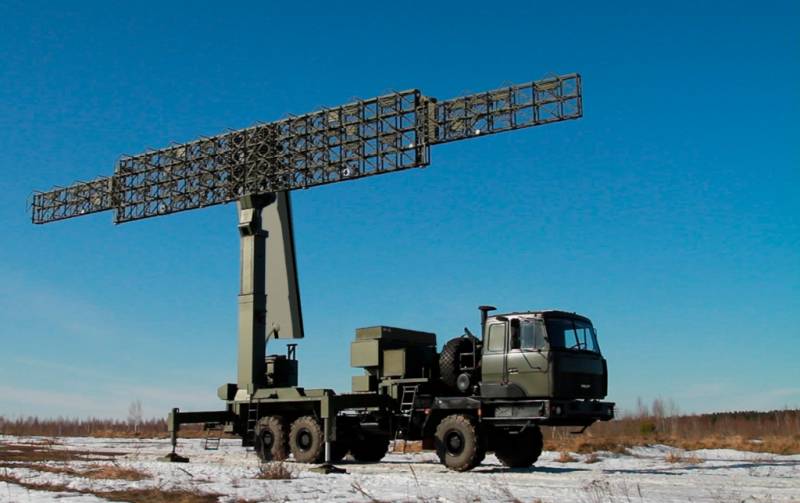
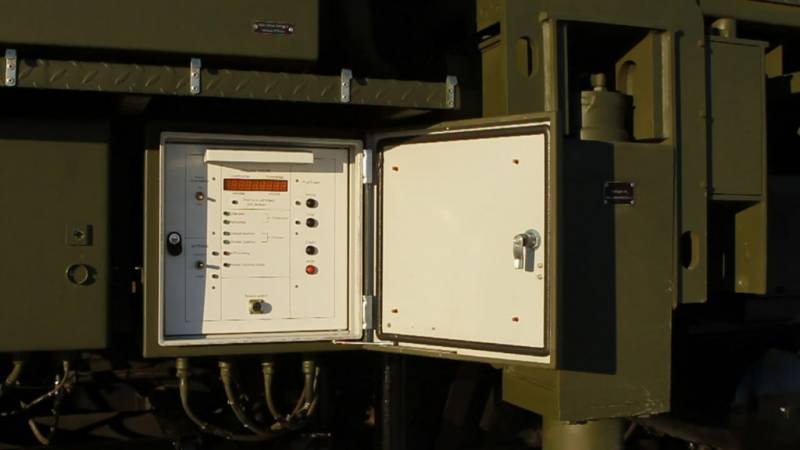
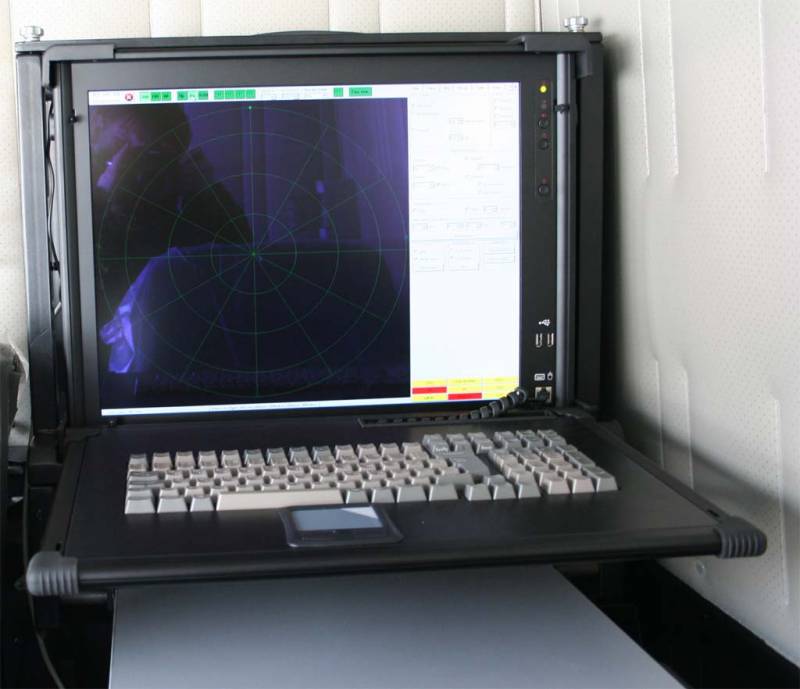
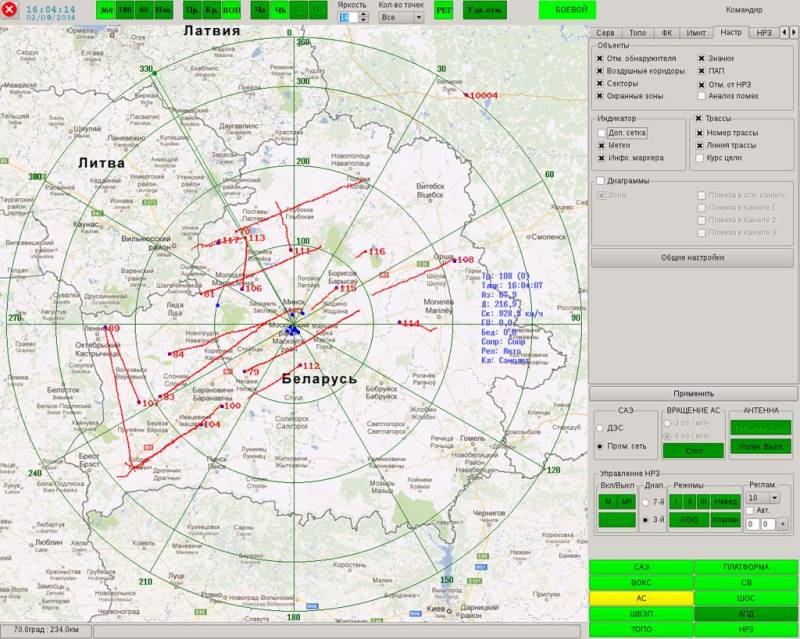
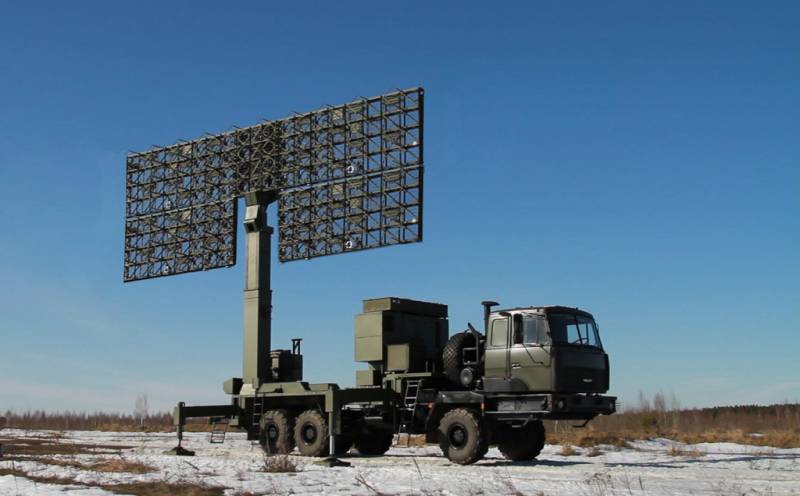
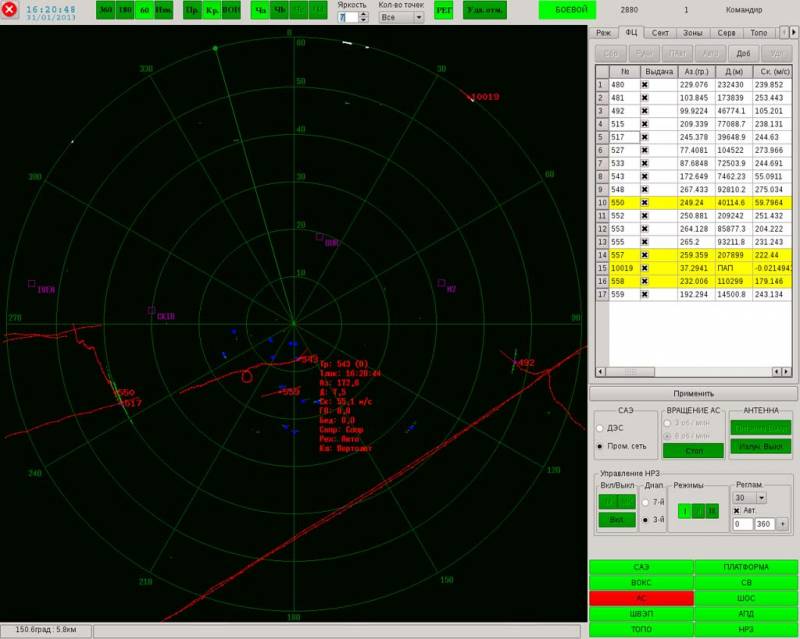
Information